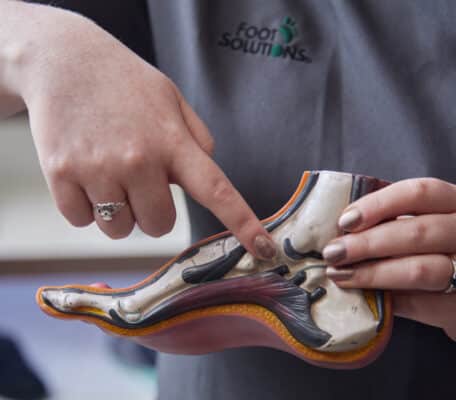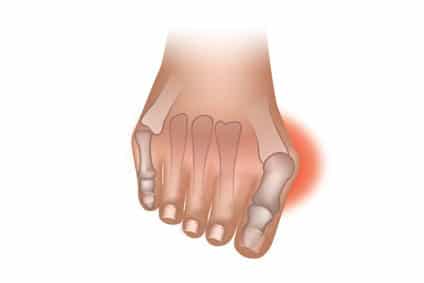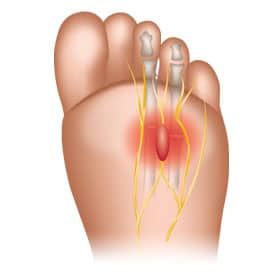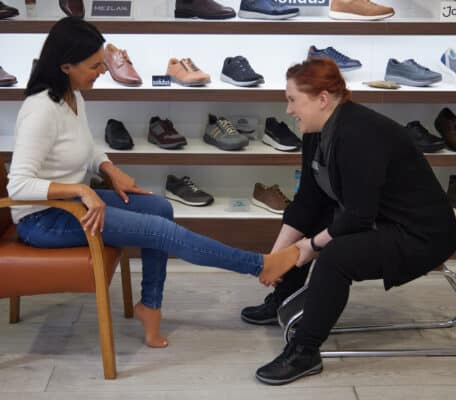High-heeled pumps or any high heels for that matter tend to give visual appeal of slender and longer legs. This is perhaps why women (and men) are so in love with them. However, despite the aesthetic beauty and fashion elegance it exudes, there have been repeated warnings against the prolonged use of heels because of conditions like the pump bump
The Pump Bump
Pump Bump, Haglund’s deformity, or whatever name you call it, this condition associated with the use of wearing pump-style high heels can result in substantial pain. This is due from the irritation of the bony deformity found at the back of your heel. Achilles tendonitis and bursitis are the common results when the bone enlarges and is untreated.
The condition is commonly found among young women who have a penchant for wearing high heels regularly. The rigid material at the back of the shoe exerts pressure when walking, which aggravates the condition of the heel bone. Women who go to work or wear high heels for a prolonged period are most susceptible to developing a pump bump.
Aside from the prominent bump on your heels, you can also expect to experience pain at the area where your Achilles tendon is attached to your heel. There may also be considerable swelling of the back of your heel and redness of the general area that can feel tender to the touch.
In most instances reduction of the inflammation can bring considerable relief; although this does not address the bony enlargement. Many would recommend putting ice on the back of your heels as a way to reduce the swelling.
The tension in your Achilles can be resolved by doing some stretching exercises. For prolonged and constant pain, it is always best to seek medical attention to avoid aggravating the problem. If possible, limit wearing high heels or avoid it altogether.
A Change of Shoes
In majority of the cases of pump bumps, the shoes have been found the culprit. This is because of the constant rubbing and pressures from the shoes that result in irritation. It is important to make sure that when choosing shoes, it should not rub against the back of your heels to avoid affecting the tendon.
Sometimes women are required to wear high heels at work. A common fix is to place heel lifts inside the shoes to get some relief from pump bump symptoms. Backless shoes aside from soft backs can provide additional relief because they minimize the pressure exerted on the area.
It is equally important to understand that even though shoes have been found the culprit most of the time, there is the possibility that pump bumps can be hereditary. Normally families that have tight Achilles tendons or high arches are more at risk or pre-disposed in having this condition.
If you feel that you fall under this category, you may consider staying away from shoes that have tight or rigid heels. Wearing padded socks with your shoes can also help. Regular stretching of the Achilles tendon and avoiding running on hard surfaces or inclines would help minimize potential symptoms also.
Since it has been established that your shoes has significant impact on the health of your feet, there is much basis for choosing a change in footwear to minimize experiencing pump bumps.
Aside from good arch support and ample padding, ensuring that your feet stay in place is critical. That is why shoes with shoelaces or adjustable straps are widely recommended and desired for women who have pump bumps or may be at risk of getting it.
Bottom line, if you still think high heels are worth it, the best option is to make sure you keep yourself protected by well fitted footwear.










